
It is a matter of just displeasure to God, and sad grief of heart to the church, when civil states look at the estate of the church, as of little, or no concernment to themselves.
The bloudy tenent washed and made white in the bloud of the Lambe
John Cotton (1584-1652)
London: Printed by Matthew Symmons for Hannah Allen, at the Crowne in Popes Head-Alley, 1647
First edition
BV741 W58 C6
English Puritan preacher John Cotton fled to Boston, Massachusetts in 1633 to evade persecution by Anglican Church authorities. In the colony he became an advocate of decentralizing the church and allowing individual congregations to govern themselves. Cotton defended a rule that allowed only church members in good standing to vote and hold office in the colonial government and condemned the idea of democracy in which policy decisions were made in popular assemblies.
When Cotton arrived in Boston, Roger Williams was already in trouble with religious and political authorities. In 1635 he was convicted of heresy and spreading “new and dangerous ideas” and banished. Williams, supporter of religious freedom, separation of church and state; abolitionist; and ally to the American Indian, thought that the Puritans had not gone far enough in separating themselves from the beliefs and practices of the Church of England. Williams identified John Cotton with the Massachusetts Puritans and his tormentors, and his important tract on religious liberty, The Bloudy Tenent, was framed as a critique of Cotton. Cotton responded with his own Bloudy Tenent, a point-by-point rebuttal of Williams and a defense of the institution of the church. Cotton argued that the allowance of religious tolerance would give church members the sense that they could stray from a narrow path created by God.
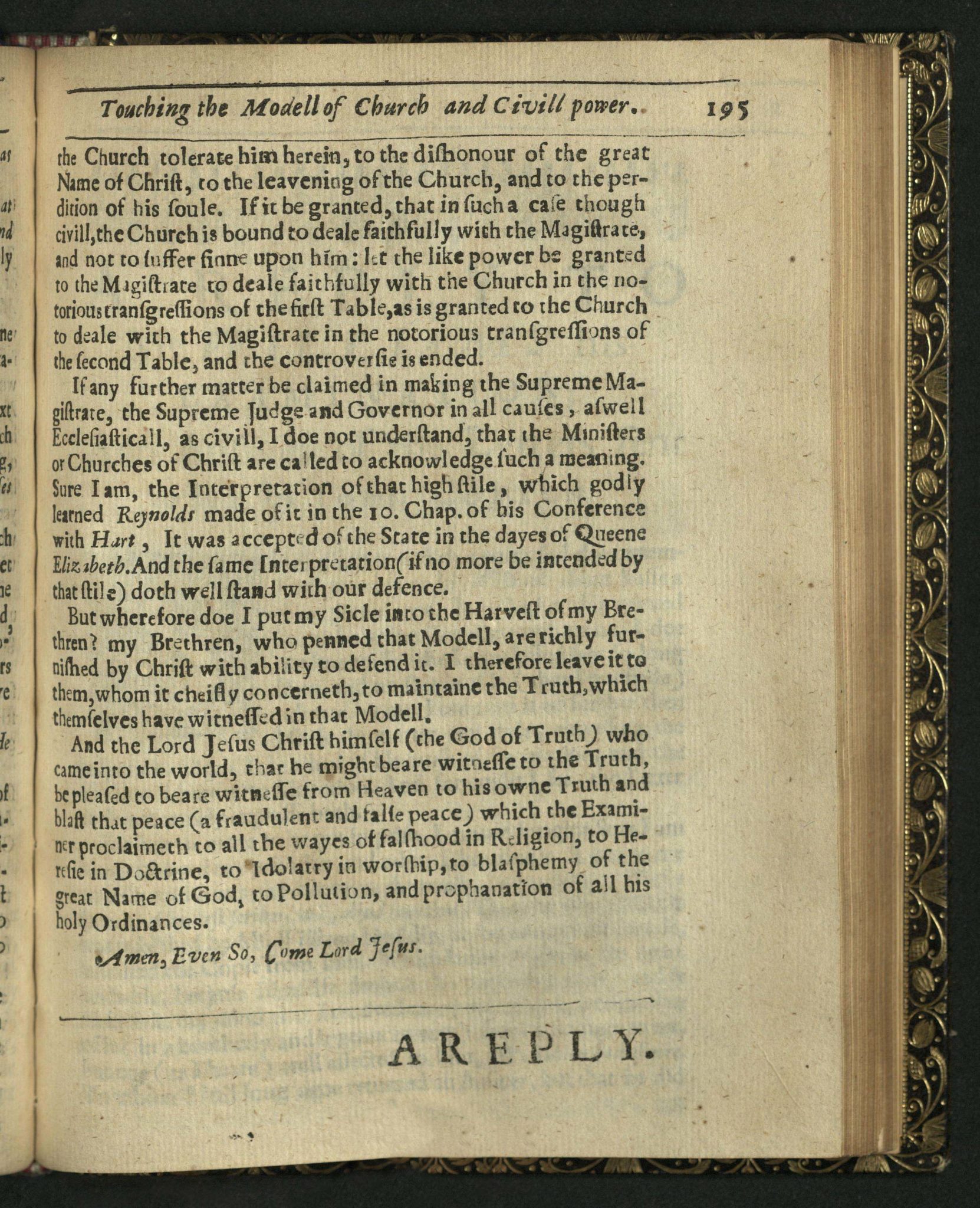
And the Lord Jesus Christ himself (the God of Truth) who came into the world, that he might beare witnesse to the Truth, be pleased to beare witnesse from Heaven to his owne Truth and blast that peace (a fraudulent and false peace) which the Examiner proclaimeth to all the wayes of fashood in Religion, to Heresie in Doctrine, to Idolatry in worship, to blasphemy of the great Name of God, to Pollution, and prophanation of all his holy Ordinances. Amen, Even So, Come Lord Jesus
While visiting Special Collections from Plano, Texas in 2009, Craig Dalley perused The Feminine Touch, a Rare Books exhibition then installed in the Special Collections Gallery. In the exhibition was The Bloudy Tenent, a book he recognized as being printed by one of his distant ancestors. He published an article in The New England Historical and Genealogical Register (Volume 170, Winter 2016), “Religious and Political Radicalism in London: The Family of Thomas Howse, with Massachusetts Connections, 1642-1665,” which includes a discussion of Hannah Howse Allen Chapman (ca. 1614-ca. 1665), a printer and the publisher of the above book. Last week, Mr. Dalley visited us again and graciously gave us a copy of this issue for our collection.
Hannah Howse’s first husband, Benjamin Allen (ca. 1596 – ca. 1646), had published at least two pamphlets along Puritan separatist lines. Hannah continued printing and publishing separatist material with her second husband, Livewell Chapman (ca. 1625 – ca. 1665).
In 1642, “Parliament declared a book published by Benjamin to be heretical and ordered it to be burned by the hangman. Benjamin died the following year, and Hannah ran the publishing business from his death until her remarriage in 1651. Hannah freed her apprentice, Livewell Chapman…in 1650 and married him by September 1651. During the five years that Hannah ran the business, she published at least fifty-four books and pamphlets and extended the business in a radical direction. Hannah’s second husband, Livewell Chapman, became the leading publisher of the radical Fifth Monarchist sect.”
Chapman was arrested several times for his publishing efforts. “…Livewell published so much anti-Cromwellian material that ‘his share of responsibility for the change of government [when Cromwell was deposed] may well have been considerable.'” In 1660, Livewell was accused of publishing treasonous books and imprisoned. His condition for release “included that he would not ‘att any time hereafter by or with the consent & privity of his Wife, or any other person whatsoever, print, publish, disperse, vend, or sell or cause to be printed, published, dispersed, vended or sold any unlicenced, treasonable, factious or seditious Booke or Pamphlet.'”
Printing and publishing was dangerous business. “Hannah and her husbands were considered to be radicals throughout their lives, regardless of who was at the helm of the government. They fared no better after the execution of Charles I than they had before the overthrow of the monarchy, or than they did after the restoration of the monarchy under Charles II.”
Mr. Dalley concludes, “Hannah Chapman…was a radical publisher whose husbands suffered continual legal troubles — before, during, and after the Protectorate — because of their publishing activities.” Amongst Mr. Dalley’s ancestors, he discovers “a circle of family and friends who were considered to be political and religious radicals.”
Mr. Dalley is an engineer who started his career working on the Hubble Space Telescope. He has researched John Lothrop, his London congregation, and allied families for about twenty years and is planning a book to document his Lothrop research.
Thank you, Mr. Dalley, for bringing life to this 371 year-old book.
Like this:
Like Loading...

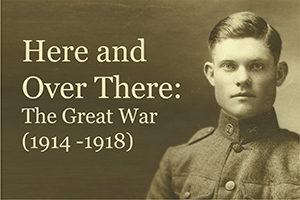


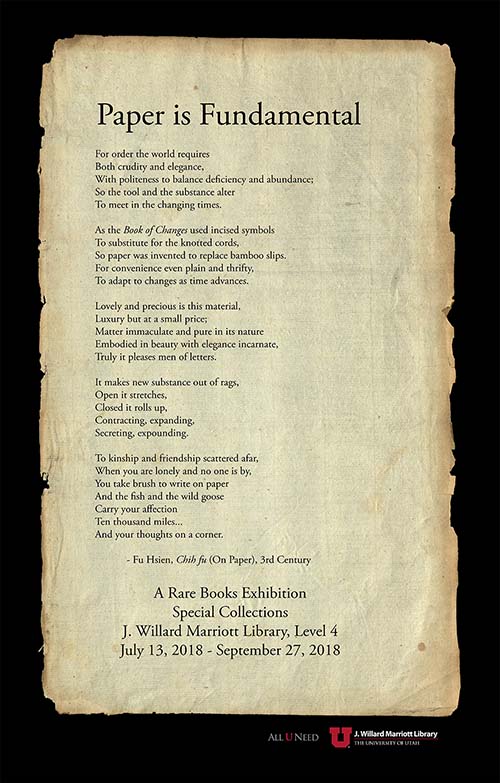

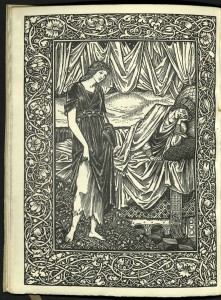
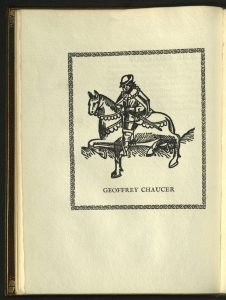




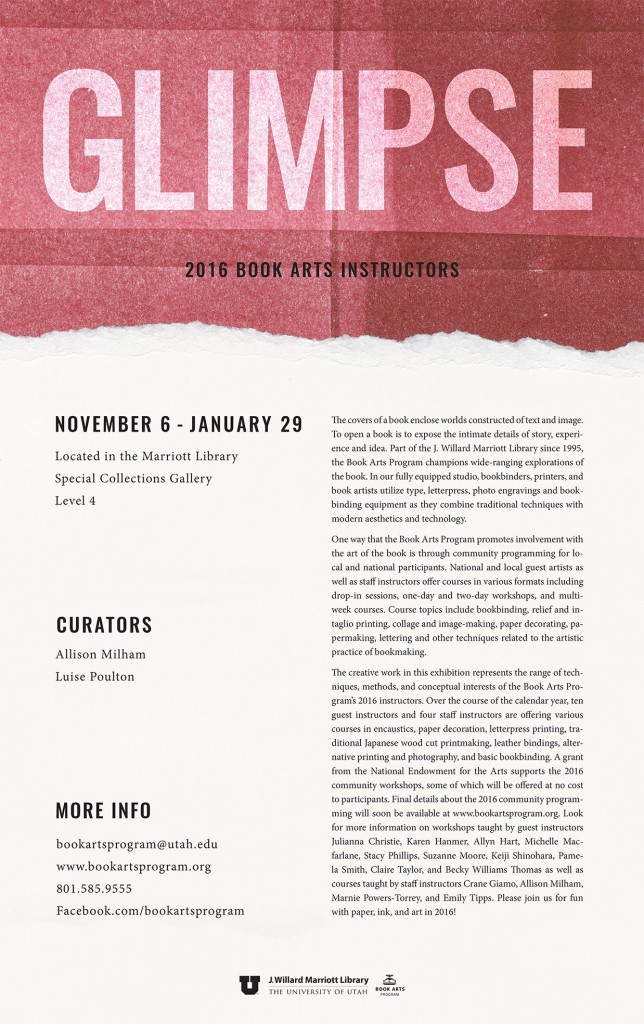
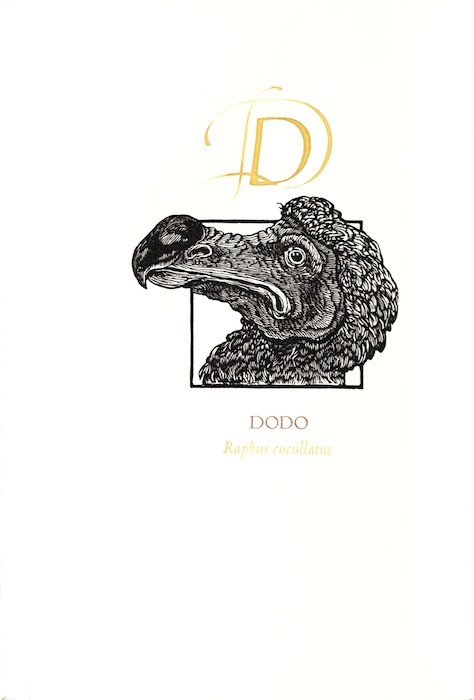 e
e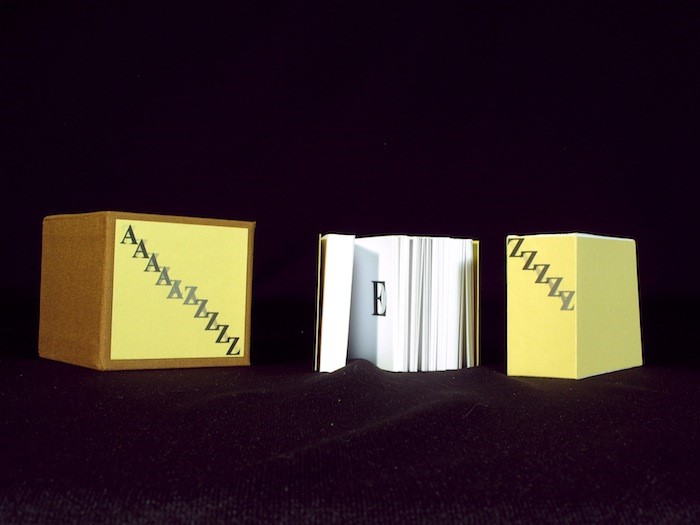

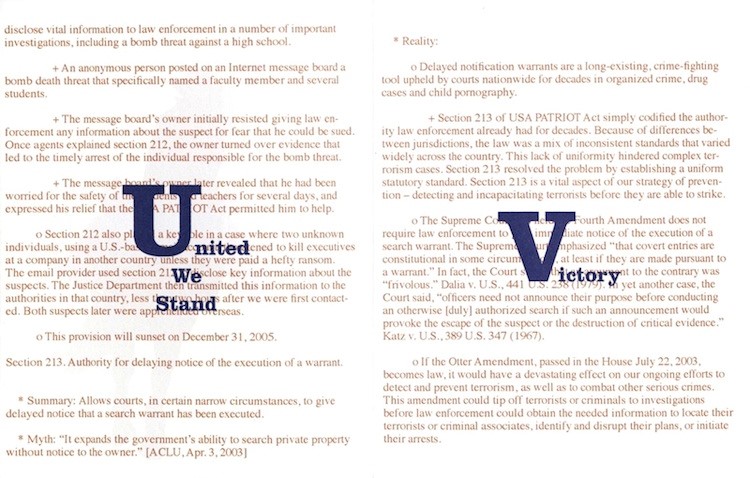

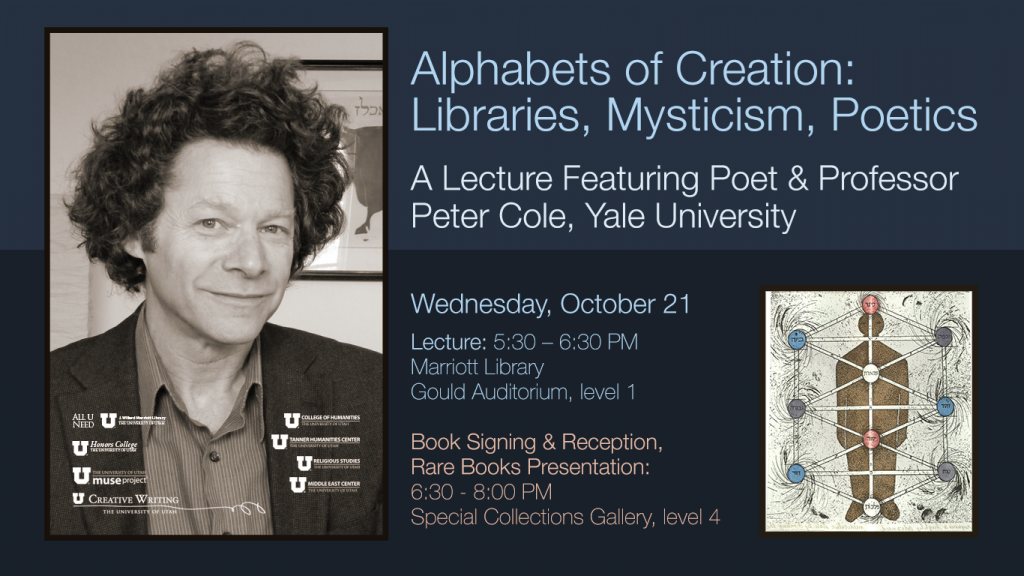

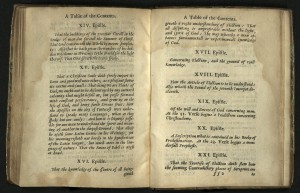
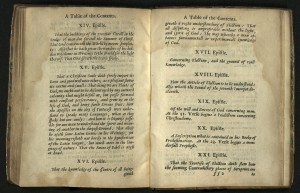

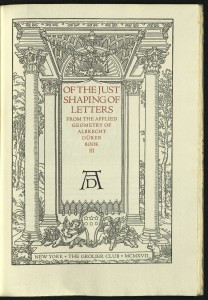
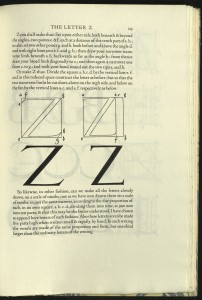
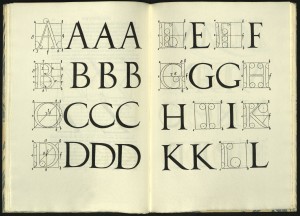
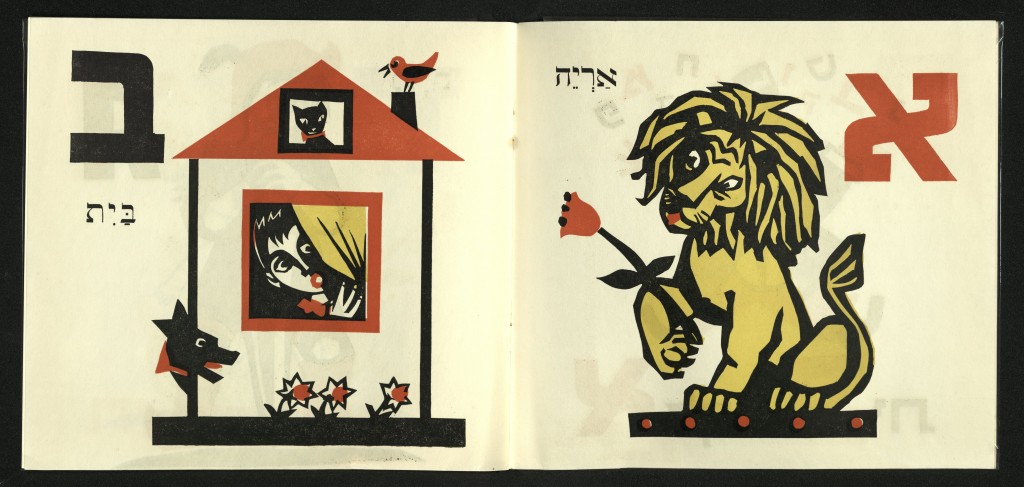


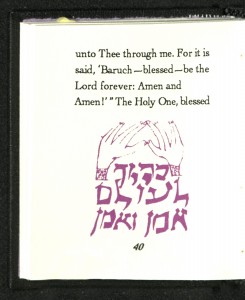
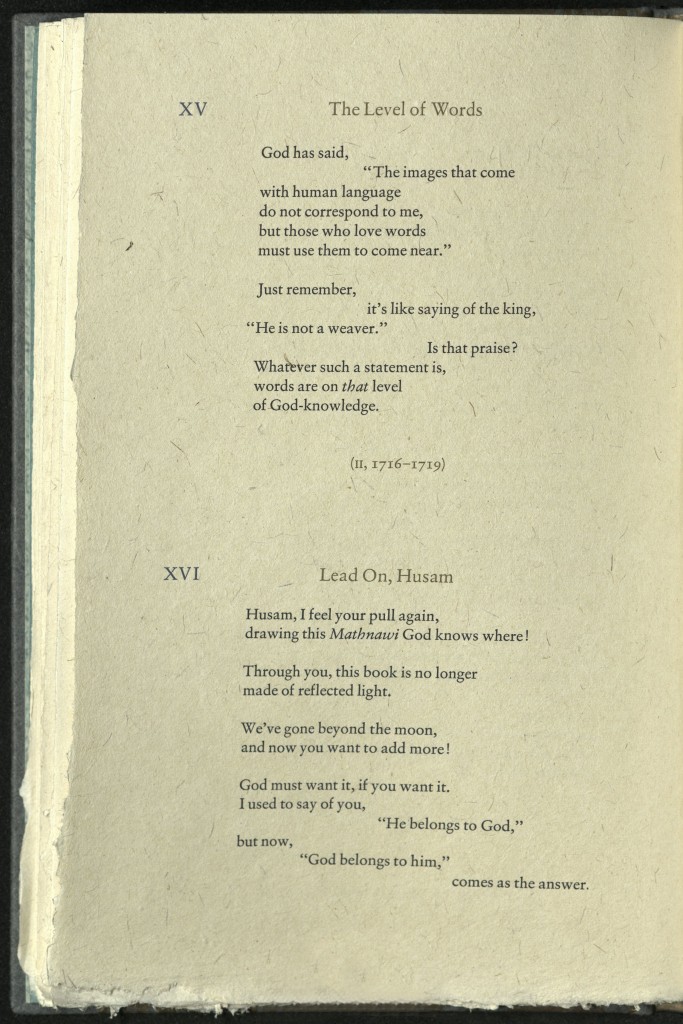


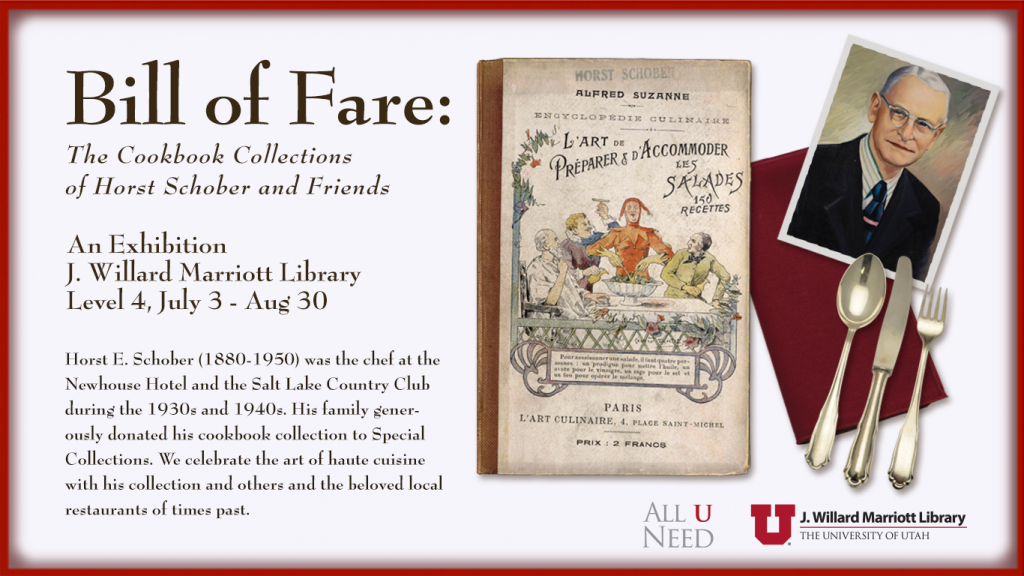
You must be logged in to post a comment.